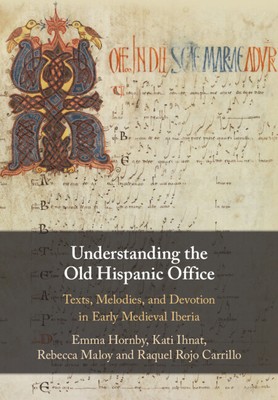
- We will send in 10–14 business days.
- Author: Emma Hornby
- Publisher: Cambridge University Press
- ISBN-10: 1108994016
- ISBN-13: 9781108994019
- Format: 17 x 24.4 x 2.4 cm, minkšti viršeliai
- Language: English
- SAVE -10% with code: EXTRA
Reviews
Description
Based on highly original archival and palaeographical research, this is the first methodological and factual primer in English on the distinctive liturgical tradition of early medieval Spain. It provides clear and approachable blueprints for future work on the description and analysis (musical, theological and cultural) of this and other liturgies. For non-specialists, the authors introduce the main features of Old Hispanic liturgy, its manuscripts, its services and its liturgical genres. For specialists, they model a variety of ways to work with the Old Hispanic materials in depth, incorporating notational, musical, theological and historical perspectives. For those interested in musical notation, the book lays out a method for working with unpitched neumes, with illustrative results, that will inspire and challenge others working on monophonic chant. For historians and liturgists, the texts and melodies are analysed in combination with the theological context that informed their creation.
EXTRA 10 % discount with code: EXTRA
The promotion ends in 22d.23:51:10
The discount code is valid when purchasing from 10 €. Discounts do not stack.
- Author: Emma Hornby
- Publisher: Cambridge University Press
- ISBN-10: 1108994016
- ISBN-13: 9781108994019
- Format: 17 x 24.4 x 2.4 cm, minkšti viršeliai
- Language: English English
Based on highly original archival and palaeographical research, this is the first methodological and factual primer in English on the distinctive liturgical tradition of early medieval Spain. It provides clear and approachable blueprints for future work on the description and analysis (musical, theological and cultural) of this and other liturgies. For non-specialists, the authors introduce the main features of Old Hispanic liturgy, its manuscripts, its services and its liturgical genres. For specialists, they model a variety of ways to work with the Old Hispanic materials in depth, incorporating notational, musical, theological and historical perspectives. For those interested in musical notation, the book lays out a method for working with unpitched neumes, with illustrative results, that will inspire and challenge others working on monophonic chant. For historians and liturgists, the texts and melodies are analysed in combination with the theological context that informed their creation.


Reviews